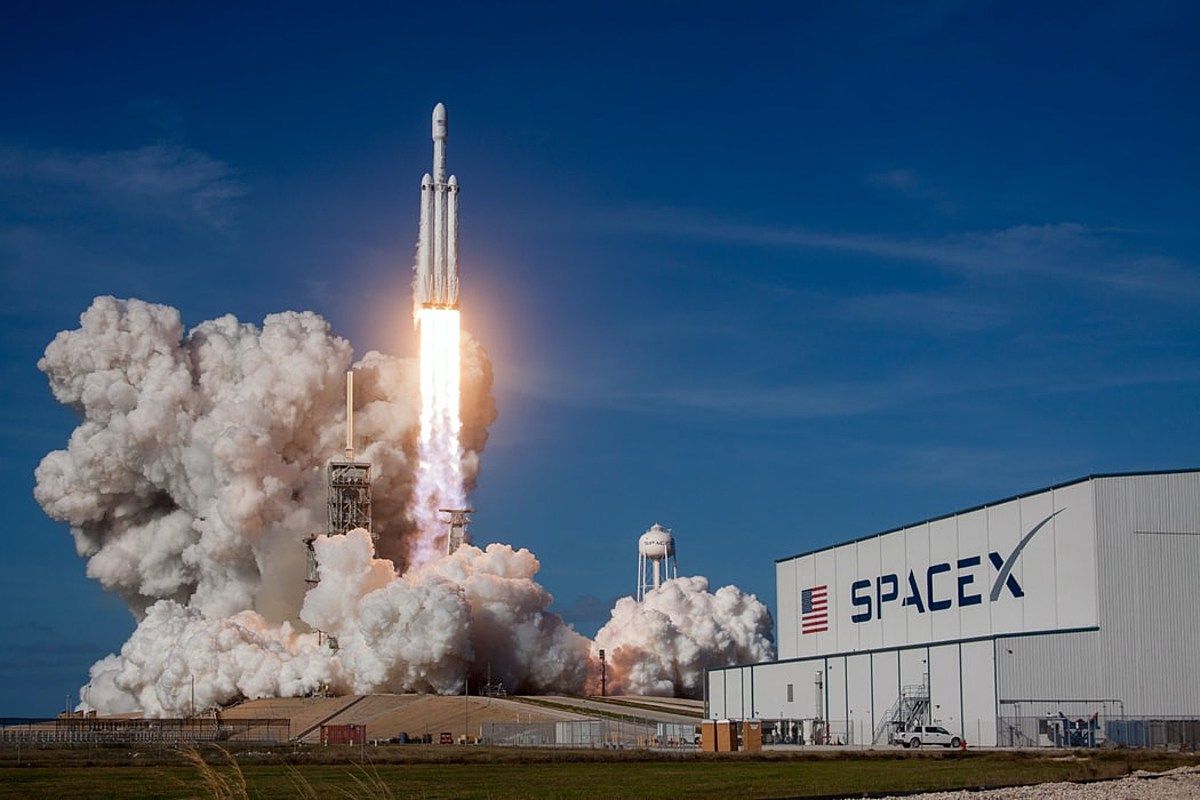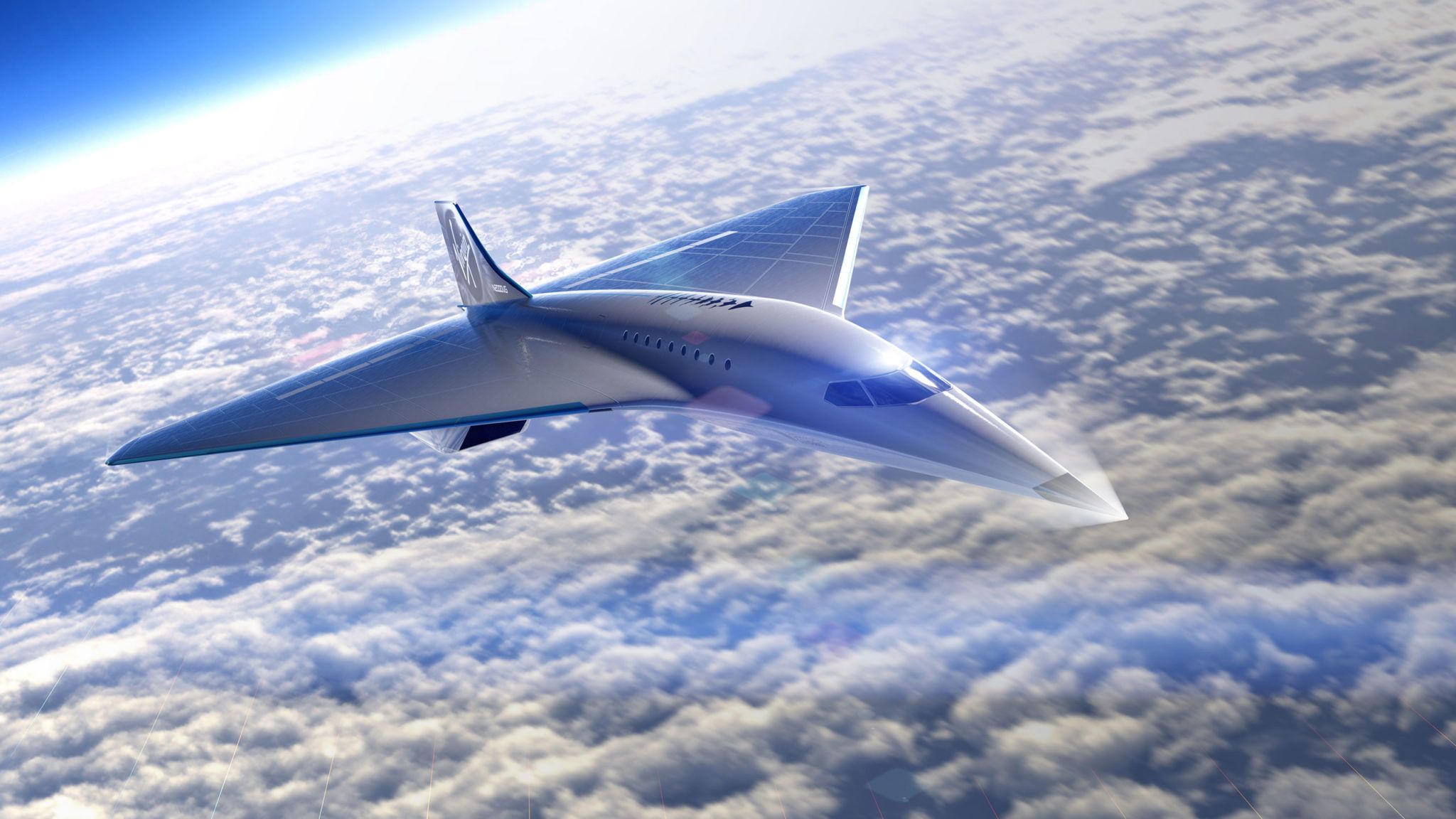Success of Private Space Companies Helps US Secure Space Domain
Article by Amanda Mcias and Michael Sheetz February 3, 2021 (cnbc.com)
• Despite fears that the Covid-19 pandemic would slow this past decade’s momentum, private investment in space companies set a record in 2002. Space Capital reported that builders of rockets and satellites brought in $8.9 billion last year, and venture capital investors continued to pour funds into space businesses.
• “There is a ton of excitement across America on space in all sectors,” said General John Raymond, the US Space Force’s chief of operations. Raymond confirmed that Wall Street has invested billions in the space industry. This in turn has sparked renewed interest in space commerce and recruitment in Space Force.
• There are “people…wanting to come into the Space Force in numbers greater than what we have slots to fill. [U]niversities are seeing more students apply for space STEM degrees. I think is going to be great for our nation,” Raymond said. “I’m excited about all of it, both what we’re doing here on national security and what’s going on in the commercial industry that we can leverage the advantage.” “[W]e are stronger with a secure and stable space domain and all of those sectors play into that.”
• Space Force has increasingly looked to partner with the private space industry sector. The Pentagon is closely watching the progress of rocket builders like Rocket Lab, Astra and Virgin Orbit in addition to SpaceX.
• SpaceX announced this month that it will fly its first all-civilian crew into orbit later this year, a mission known as Inspiration 4. The landmark flight, led by billionaire Jared Isaacman, is aimed at using high-profile space tourism to raise support for St. Jude Children’s Research Hospital. Three yet-to-be-announced passengers will accompany Isaacman on the multiday journey around the Earth, with two of the seats to be decided in public online competitions this month.
• Raymond noted that SpaceX’s Crew Dragon spacecraft successfully achieved the first operational launch of NASA’s Crew-1 mission, although SpaceX’s Starship rocket test flight on February 2nd was not so successful.
 WASHINGTON – The nation’s top general leading the U.S. military mission in space said Wednesday that he is excited about Wall
WASHINGTON – The nation’s top general leading the U.S. military mission in space said Wednesday that he is excited about Wall

Street and billionaire investment in the space industry, which has sparked renewed interest in the field among Americans and strong recruitment at the Pentagon’s youngest branch.
“There is a ton of excitement across America on space in all sectors,” said Gen. John Raymond, the U.S. Space Force’s chief of operations, when asked by CNBC about the strides made by private space companies like Elon Musk’s SpaceX.
“I’ve talked about people knocking on our door wanting to come into the Space Force in numbers greater than what we have slots to fill. I’ve talked in the past about how universities are seeing more students apply for space STEM degrees, which I think is going to be great for our nation,” Raymond added.
 “I’m excited about all of it, both what we’re doing here on national security and what’s going on in the commercial industry that we can leverage the advantage,” the four-star general said without specifically naming any companies.
“I’m excited about all of it, both what we’re doing here on national security and what’s going on in the commercial industry that we can leverage the advantage,” the four-star general said without specifically naming any companies.
“The U.S. has always, has long understood that we are stronger with a secure and stable space domain and all of those sectors play into that,” Raymond said.

The U.S. Space Force, the Pentagon’s youngest branch, has increasingly looked to partner with the private sector as companies and investors pour into the space industry. The Pentagon is closely watching the progress of rocket builders like Rocket Lab, Astra and Virgin Orbit in addition to SpaceX.
Raymond’s comments came on the heels of SpaceX announcing this week that it will fly its first all-civilian crew into orbit later this year, a mission known as Inspiration 4.
The landmark flight, led by billionaire Jared Isaacman, is aimed at using high-profile space tourism to raise support for St. Jude Children’s Research Hospital. Three yet-to-be-announced passengers will accompany Isaacman on the multiday journey around the Earth, with two of the seats to be decided in public online competitions this month.
Raymond also called out NASA’s Crew-1 mission, which was the first operational launch of SpaceX’s Crew Dragon spacecraft.
FAIR USE NOTICE: This page contains copyrighted material the use of which has not been specifically authorized by the copyright owner. ExoNews.org distributes this material for the purpose of news reporting, educational research, comment and criticism, constituting Fair Use under 17 U.S.C § 107. Please contact the Editor at ExoNews with any copyright issue.








